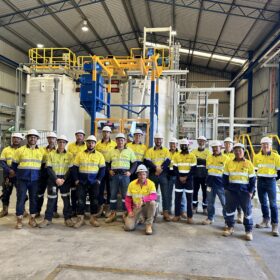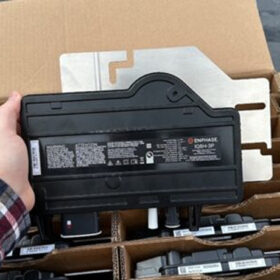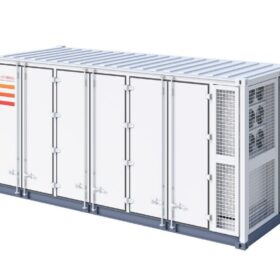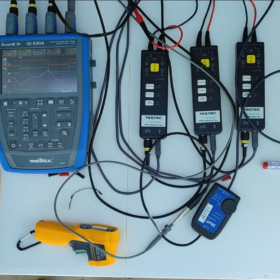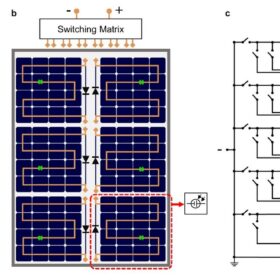Solar bike paths go online in Netherlands
Two new PV bike-path projects are now operating in the Netherlands under an initiative launched in 2018 by Rijkswaterstaat, the Dutch water management agency.
AVL progresses ‘pit to battery’ strategy with vanadium electrolyte manufacturing facility
Construction of Perth-based minerals company Australian Vanadium Limited’s first commercial vanadium battery electrolyte manufacturing plant has been successfully completed as part of the company’s broader value-adding vision.
Waste heat from PV panels used to generate residential hot water
Scientists in the United States has developed a new photovoltaic-thermal system design that utilises parallel water pipes as a cooling system to reduce the operating temperature of photovoltaic panels. The waste heat generated by this process is then used to generate domestic hot water.
Fortescue plugs in electric excavator as lineup of zero emission mining equipment expands
Australia’s first electric excavator has been deployed at a mine site in Western Australia’s Pilbara while a trial of what is claimed to be the world’s largest battery-electric underground mining truck continues in the state’s Goldfields region.
Enphase unveils new three-phase inverters
Enphase has released 208 V three-phase inverters for the small commercial market. The advancing hardware comes with a specialised support team and tailored design tools.
Victoria plans gas ban as part of roadmap to renewables
Just days after a regulation to prevent new gas network connections to buildings in the Australian Capital Territory came into effect, the Victorian government has released updated plans designed to end that state’s reliance on fossil gas.
Florence machine resumes tunnelling on Snowy 2.0 pumped hydro project
Tunnelling has restarted on a troubled section of the largest renewable energy project under construction in Australia after the New South Wales government issued new environmental approvals to Snowy Hydro.
Canadian Solar launches new grid-scale battery
Canadian Solar says its new SolBank 3.0 grid-scale battery supports up to 2.35 MW/5 MWh of grid-scale renewable energy storage and dispatch.
New tool to detect faults in inverters released by PI Berlin
PI Berlin has developed a new tool to detect problems in inverters such as defective printed circuit boards, faulty switching algorithms, and deficiencies in components and sensors.
Reconfigurable series-parallel photovoltaic modules with high shading tolerance
TU Deflt researchers made a first attempt to validate reconfigurable solar modules using prototypes in outdoor tests. The panels consist of two or more blocks of solar cells that are connected to a switching matrix and reportedly achieve a 10.2% higher energy yield than conventional shade-resilient modules under partial shading conditions.

